NRAO eNews
Volume Vol#, Issue Iss#
Day# Month# Year#
NRAO eNews
Volume Vol#, Issue Iss# • Day# Month# Year#

Upcoming Events

Community Webinar Series: Cube Analysis and Rendering Tool for Astronomy (CARTA)
Aug 25, 2022 | Virtual

The VLA Sky Survey in the Multiwavelength Spotlight
Sep 7 - 9, 2022 | Socorro, NM

From Cells to Galaxies: Exploring the Synergies between Radio Astronomy & Medical Imaging
Sep 21 - 23, 2022 | St. Paul, MN

9th VLA Data Reduction Workshop
Oct 11 - 20, 2022 | Socorro, NM
ngVLA Project News

New Eyes on the Universe: SKA & ngVLA Conference
We are pleased to announce a landmark radio astronomy science conference designed to highlight the complementarity and synergies between the two premier radio observatories of the 21st century – the Square Kilometre Array (SKA) and the Next Generation Very Large Array (ngVLA).
To be held in Vancouver, Canada at the Pan Pacific Hotel the week of 30 April 2023, this conference will review, discuss, and extend the cutting-edge science opportunities enabled by the unprecedented SKA–ngVLA coverage across three decades of radio frequency (50 MHz to 116 GHz). Plenary talks will feature the highest-priority science for these observatories, striving to determine where new scientific understandings are most likely to result from access to both observatories. Contributed talks will focus on topics that highlight each facility’s strengths.
The conference website will open soon.
ngVLA Completes Its Technical Conceptual Design Review
The ngVLA Project successfully completed its Technical Conceptual Design Review on 12-14 July 2022. This verifies that the technical design is likely to meet all the performance-driving requirements. This successful milestone sets the stage for the Programmatic Conceptual Design Review, planned for March 2023. For an overview of the Project's technical maturity, see the System Conceptual Design Description.
Directly Detecting Low-Mass Planets as They Form
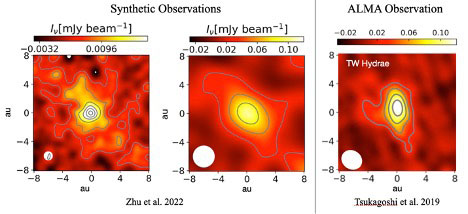
[Left and Center] Synthetic ALMA band 6 observations at two resolutions from a 3-D simulation of a 20-Earth-mass core embedded in the TW Hya disk at 52 AU. [Right] An ALMA observation.
[click to enlarge]
Space missions have revealed the ubiquity of low-mass, sub-Neptune planets, but it is unclear how such planets form. ALMA studies of protoplanetary disks commonly find rings, gaps, and/or spiral features (e.g., Andrews et al. 2018). While such features can be interpreted as signposts that planets are forming, this observational evidence is indirect.
In the core-accretion theory (Pollack et al. 1996), the longest phase of giant-planet formation involves Kelvin-Helmholtz (KH) contraction while the planetary core is embedded in the disk. If the planetary core is less than 10-20 Earth masses, it cannot gather enough envelope material to become a giant planet before the gas disk dissipates. The disk may then be left with an abundance of low-mass planets.
We used 1-D models and 3-D radiation hydrodynamical simulations to study the core-accretion process (Zhu et al. 2022). We found that although the core itself is a small and faint thermal emitter, its surrounding envelope can extend to the disk scale-height and potentially be detectable. Radio observations with a spatial resolution like the disk scale-height and sensitive to a 10% excess above the ambient disk emission can detect the envelope around a core of 10 Earth masses.
We also found that the clump at 52 AU in the TW Hya disk (Tsukagoshi et al. 2019) is consistent with being the envelope of an embedded planet of 20 Earth masses (see figure). Since TW Hya's dusty disk has millimeter-sized pebbles, its embedded planet may be accreting pebbles. The derived pebble accretion rate can double the core mass over 1 Myr. The luminosity from the pebble accretion is comparable to the luminosity from KH contraction and is also consistent with observations.
TW Hya, being nearby, is the only protoplanetary disk where a moderate ALMA integration can detect an embedded low-mass planet. But finding one there suggests that they could be common in other disks. ngVLA observations may reveal a population of embedded low-mass planets, opening a new window to test the core-accretion theory and to reveal how low-mass planets form.
Since 2015 the acronym ngVLA has appeared in 850+ publications indexed in the SAO/NASA Astrophysics Data System. This article continues a regular feature intended to showcase some of those publications. We are especially interested in showcasing work done by early-career researchers. The collection of showcase articles can be viewed online. Anyone wishing to volunteer to author a feature should contact Joan Wrobel.
9th VLA Data Reduction Workshop: 2nd Announcement

The NRAO is pleased to announce the opening of registration for remote participation in the lecture component of the 9th VLA Data Reduction Workshop, which will be held Tuesday, 11 October – Thursday, 20 October 2022 in Socorro, New Mexico, USA.
The main goal of this Workshop is to assist observers with the challenges of Very Large Array (VLA) data reduction posed by the increased flexibility and complexity of the instrument. We will provide lectures on various topics in a hybrid format and allow in-person participants to reduce and image their own data while local expert staff members are available for consultation.
Please note that this is an advanced Workshop and, unlike our summer Synthesis Imaging Workshops, is not intended for those who are new to radio interferometry. Prior experience with AIPS, CASA, or MIRIAD is required. We will be using CASA as our main data reduction package, and a working knowledge of it would be helpful.
This event will span two weeks. The first week will include both lectures and dedicated time for data reduction and imaging; the second week will be devoted primarily to data reduction and imaging of your own data.
For more detailed information (program, lodging, travel, etc…) please check the Workshop webpage. There is no fee for in-person or remote registration to attend the Workshop. To serve interested community members who are unable to travel to Socorro, or were unable to register before the Workshop reached the in-person participant maximum, we are offering the option to attend the lectures remotely by registering online.
We look forward to your participation!
ALMA Program News
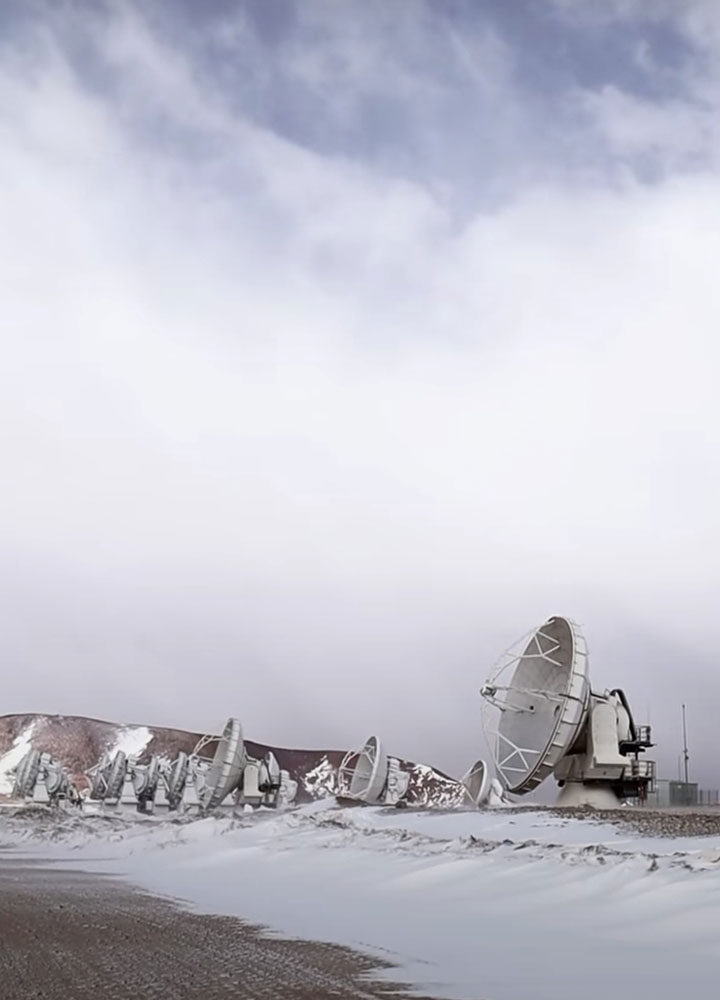
S. Otarola
Winter comes to the Tropics, too, at ALMA's altitude.
[click to enlarge]
Cycle 8 Science Operations
ALMA has moved to the C5 Cycle 8 configuration as scheduled, contracting towards more compact configurations to begin Cycle 9. Weather has been generally good, with daily subfreezing temperatures and occasional wind and/or snow as is normal for mid to late winter.
Cycle 9 Science Queue populated
A report on Cycle 9 proposal submission statistics was published (see July 2022 eNews). The process of refereeing and selecting Cycle 9 proposals for the observing queue has concluded. Results have been disseminated. Cycle 9 is currently scheduled for observations from October 2022 to September 2023.
The ALMA Configuration Schedule for Cycles 9, 10 and 11 has been published.
ALMA Science Sustainability
A Call for Proposals for ALMA Development Studies was released May 2022. The deadline for proposals was 12 July 2022 for funding during January–December 2023, depending on the federal budget process. Proposals were sought to address ideas which address the goals elucidated in The ALMA Development Roadmap, ALMA Memo 612 and the ALMA2030 Wideband Sensitivity Upgrade. Eight proposals were received from 26 prospective investigators at 10 institutions requesting over $1.4M, oversubscribing expected funding by nearly three-to-one. An independent review panel has been established with U.S. National Science Foundation (NSF) consent to evaluate and rank the proposals. The ranked list then receives consent from NSF and is incorporated into a recommendation to the North American ALMA Executive for funding. Reports from previous ALMA/NA Development Studies may be examined online at ALMA Development Studies and Projects History.
NA ALMA Student Observing Support Opportunity, Cycle 9
The North American ALMA Science Center is making funds available to support student research on ALMA Cycle 9 projects. Students enrolled at U.S. universities and colleges are eligible for funding. This opportunity is part of the NRAO Student Observing Support (SOS) Program and provides awards on a competitive basis. SOS awards are subject to a cap of $35,000 per investigator, per year. Eligible expenses include a student stipend, computing hardware, and student travel to present ALMA results at a domestic conference.
Awards are determined by a committee of scientists external to NRAO. Factors used to determine awards include the science grade of the observing project, the importance of the student's role in the project, and the need for funding. Investigators in the U.S. from any approved Cycle 9 project may apply.
The deadline to apply is 2 September 2022 and results are expected to be announced in early October 2022. The application form and more information are available online.
Please contact Jim Braatz with any questions.
ALMA Ambassadors Program for Cycle 10
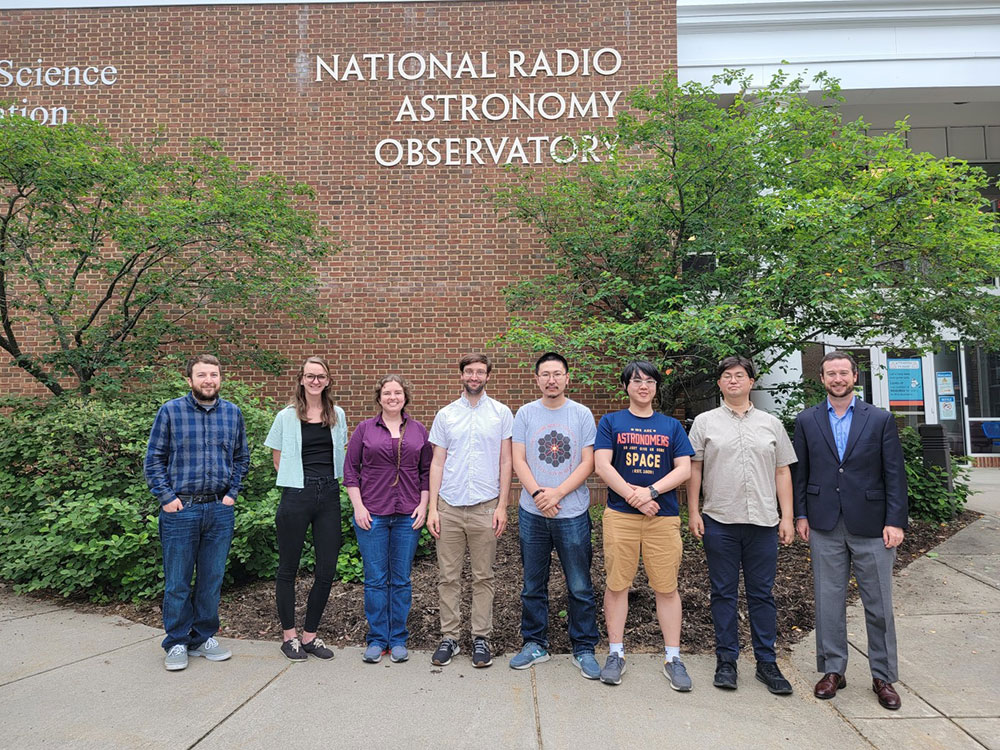
A subset of the Cycle 9 ALMA Ambassadors visited Charlottesville in May 2022 to present their research and to interact with the NRAO staff.
[click to enlarge]
The North American ALMA Science Center (NAASC) is accepting applications for the ALMA Ambassadors Program. The program provides training and up to a $10,000 USD research grant (other forms of payment are available, see below) to postdoctoral researchers, senior graduate students, and early career researchers interested in expanding their ALMA / radio interferometry expertise and sharing that knowledge with their home (or other) institutions. For Cycle 10, ALMA Ambassadors can choose to support the community by organizing and hosting either:
- ALMA Cycle 10 proposal preparation support workshops, or
- ALMA-focused data processing and analysis workshops.
The NAASC will host the selected Ambassadors at the NRAO Headquarters in Charlottesville, Virginia the week of 13 February 2023 to receive in-depth training. Training will include topics related to ALMA proposal writing, including: interferometry basics, ALMA science capabilities, recent ALMA headlines, use of the ALMA Observing Tool, and guidance for speaking on these topics.
The training also includes a poster session where ALMA Ambassadors will showcase their own science to their fellow ambassadors and the local astronomical community, including NRAO staff. Ambassadors must host a proposal preparation workshop in advance of the Cycle 10 ALMA proposal deadline in April 2023 or data analysis and processing workshops. These workshops may be held at the ambassador's home institute, an alternate location, or virtually. ALMA Ambassadors will also make themselves available to help their local community between the call for proposals and the deadline, and support other NAASC activities.
The NAASC will provide travel support for the training as well as all talk materials, supplies, and infrastructure for the workshops hosted by the ALMA Ambassadors. Up to a $10,000 monetary grant is offered in support of the selected Ambassadors independent research programs (other grant forms are available, depending on eligibility). Some radio or submillimeter interferometry experience is preferred but not required. Applicants must be based at a North American institution. If you do not
meet these requirements but are interested in learning more about the training we are offering, please contact George Privon to discuss opportunities. Although not required, we will consider multiple applicants from the same institution or region.
The deadline to apply is 15 October 2022.
For more information, please visit the ALMA Ambassadors website.
From Cells to Galaxies
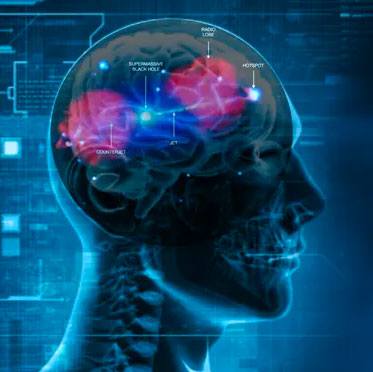
Challenge accepted! In response to the call for proposals about challenges Radio Astronomers and Medical Imagers face in their work that might benefit from applying the insight and tools available from the other field, we received many exciting abstracts. September’s From Cells to Galaxies: Exploring the Synergies between Radio Astronomy & Medical Imaging workshop will feature explorations into these areas including:
- Real time dynamic imaging in radio interferometry and MRI
- Spatio-spectral modeling of massive spectral data cubes
- Image-Plane Self-Calibration.
The workshop will kick-off with dynamic introductory talks by Dan Sodickson (NYU Langone Health), spanning medical imaging, and Urvashi Rau (NRAO), covering radio interferometry. These will be followed by demonstrations of the data and the tools utilized in both fields along with presentation of possible sources of funding for interdisciplinary studies at the National Science Foundation and the National Institutes of Health.
The bulk of September’s workshop will focus on multi-disciplinary groups working together to further explore the new ways to approach the proposed challenges. The end goal of the meeting is to develop collaborative projects that can be funded and researched.
Join us 21-23 September 2022 in beautiful St. Paul, Minnesota. Registration is open through September 1, 2022. We look forward to seeing you there.
SMA Call for Standard Observing Proposals for 2022B Semester
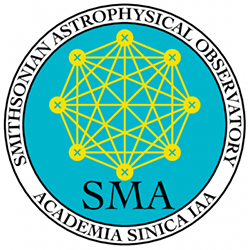
We wish to draw your attention to the next Call for Standard Observing Proposals for observations with the Submillimeter Array (SMA). This call is for the 2022B semester with observing period 08 December 2022 – 22 May 2023.
Standard Observing Proposals Submission deadline: Thursday, 22 September 2022, 20:00 UTC.
The full Call for Proposals, with details on time available and the proposal process, will be available by August 21 at the SMA Observer Center (SMAOC) at http://sma1.sma.hawaii.edu/call.html.
Details on the SMA capabilities and status can be found at http://sma1.sma.hawaii.edu/status.html; proposal creation and submission is also done through the SMAOC at http://sma1.sma.hawaii.edu/proposing.html. We are happy to answer questions and provide assistance in proposal submission, simply email sma-propose@cfa.harvard.edu with any inquiries.
SPICE Community Workshop
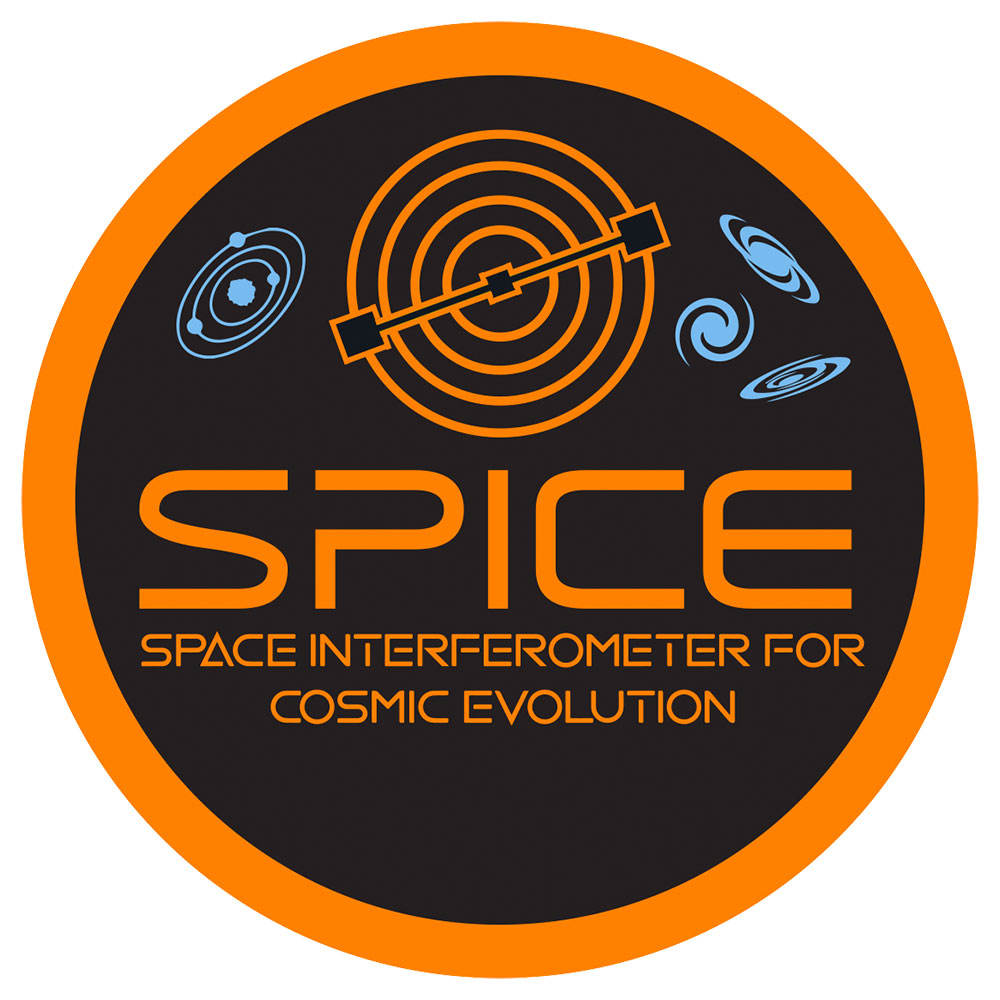
You are cordially invited to attend a community workshop to help plan for the Space Interferometer for Cosmic Evolution (SPICE), a NASA Far-Infrared Probe mission concept. SPICE will offer image resolution comparable to that of the Webb telescope, but at ten-times longer wavelengths (25-400 μm) with sensitivity greatly surpassing that of Herschel to transform our understanding of:
- the physical processes that drive the evolution of galaxies and their central supermassive black holes throughout cosmic time;
- planet formation and water delivery to nascent planets;
- planetary system architectures and their development; and
- gas and ice giant exoplanet atmospheres.
Most of SPICE’s operational phase will be dedicated to a general observing program based on community proposals. The purpose of the community workshop is to introduce the SPICE mission concept, describe the legacy observations envisaged by the SPICE science team, and give you an opportunity to ask questions and suggest observations that will influence the Design Reference Mission (DRM). The DRM will be used to right-size the mission lifetime and describe a typical day, month, and year in the life of the mission. Please check the SPICE website for a synopsis of the mission’s measurement capabilities.
The workshop will be held on Wednesday, 14 September 2022, from 10 a.m. to 2 p.m. US Eastern Time. It will be an all-virtual event. An agenda and connection instructions will be provided in the coming weeks. For now, we simply ask you to indicate your interest in attending the workshop by completing a registration form.
We hope that you will take advantage of this opportunity to shape a mission that could be the world’s next space-based far-infrared observatory. Please join us on September 14th.
Recent Media Releases
From the Archives
Ellen Bouton

[click to enlarge]
About this month's photo: In this photo, taken by Riccardo Giovanelli on the way from Calama to Ollague during a May 1994 trip to Chile to scout potential MMA sites, Angel Otarola (left) watches as Bob Brown (red and white jacket) uses a Sun radiometer to measure precipitable water vapor, while Paul Vanden Bout (navy shirt) and Hernan Quintana (navy jacket) survey the surroundings. The pipeline carries water from the mountains to Calama and then to Antofagasta. In the distance between the mountains there is a plume indicating industrial activity, probably from the Chuquicamata / Calama area, so the group is north from there along Route 21. Angel notes that the photo was taken on the way to Ollague, because "on the way back the radiometer got damaged crashing in the roof of the truck due to a bump in the road." Paul says, "The wretched meter, borrowed from Tucson, was not up to the rigors of our adventure. We tried changing the batteries with no effect. Gave it a few whacks and it died altogether." Thanks to Riccardo Giovanelli for the photo, and to Angel Otarola and Paul Vanden Bout for caption information.
Correction to last month's photo caption: The person third from right, between Alan Bridle and Jim Ulvestad, is Bob Burns, not Eric Greisen. Thanks to Jim Ulvestad for catching the error, and to Bob Burns for verifying his presence in the photo.
From the Archives is an ongoing series illustrating NRAO and U.S. radio astronomy history via images selected from our collections of individuals' and institutional papers. If readers have images they believe would be of interest to the Archives, please contact Ellen Bouton.

